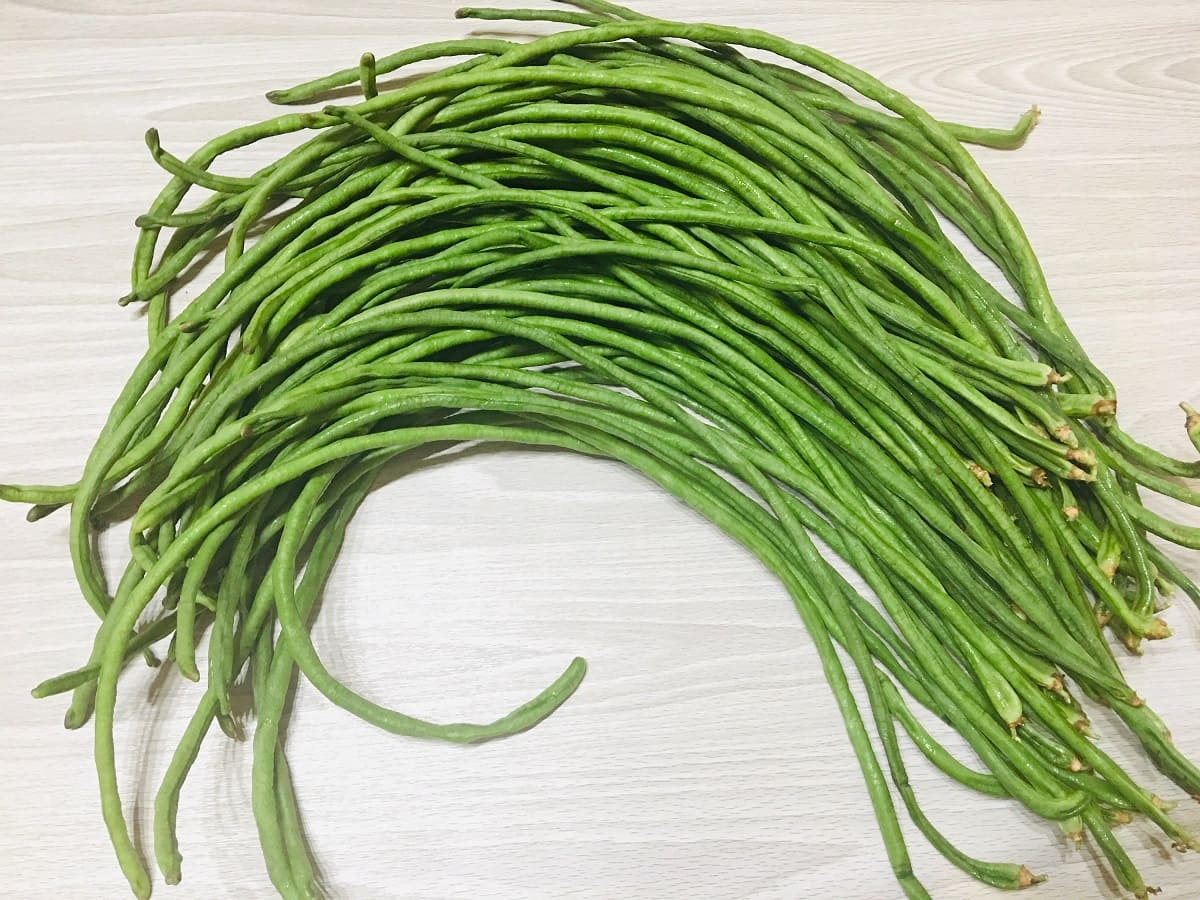

Articles
How To Store String Beans
Modified: December 7, 2023
Learn effective methods for storing string beans in this informative articles. Keep your string beans fresh and delicious for longer.
(Many of the links in this article redirect to a specific reviewed product. Your purchase of these products through affiliate links helps to generate commission for Storables.com, at no extra cost. Learn more)
Introduction
String beans, also known as green beans or snap beans, are a versatile and nutritious vegetable that can be enjoyed in a variety of dishes. These crisp and slender pods are packed with vitamins, minerals, and dietary fiber, making them a healthy addition to any diet. Whether you grow them in your garden or purchase them from the grocery store or farmers’ market, it’s essential to store string beans correctly to maintain their freshness and flavor.
In this article, we will explore different methods for storing string beans, ensuring they stay fresh for longer periods. From refrigeration to blanching and freezing, as well as storing in jars or cans, we will cover all the techniques you need to know to maximize the shelf life of your string beans.
So, whether you are an avid gardener with a bountiful harvest of string beans or just looking to take advantage of the great deals on fresh produce at your local market, read on to learn how to properly store your string beans and enjoy them at their peak.
Key Takeaways:
- Keep string beans fresh by storing them in the refrigerator with a damp paper towel to maintain moisture. Check regularly for spoilage and consume within a few days for optimal flavor and texture.
- Extend the shelf life of string beans by blanching and freezing them. This method preserves their color, texture, and nutrients for up to 12 months, allowing you to enjoy them in various dishes year-round.
Read more: How To Store Fresh String Beans
Choosing and Preparing String Beans
Before we dive into the various storage methods, it’s important to start with selecting and preparing the best string beans. When choosing string beans, look for vibrant green pods that are firm and free from blemishes. Avoid any string beans that appear wilted or have soft spots, as these indicate that they are past their prime.
Once you have selected your string beans, it’s time to give them a thorough rinse. Rinse the beans under cold running water to remove any dirt or debris. You can also gently scrub them with a vegetable brush if desired. After rinsing, pat the string beans dry with a clean kitchen towel or paper towel.
Next, you have the option to trim the ends of the string beans. Some recipes may require the ends to be trimmed, while others may leave them intact. If you choose to trim the ends, simply line up a small stack of string beans and use a sharp knife to remove the stem end. Repeat with the other end if desired.
Now that your string beans are clean and ready, let’s explore different storage options to keep them fresh and delicious for an extended period.
Storing String Beans in the Refrigerator
One of the most common methods to store string beans is in the refrigerator. This method helps to preserve their freshness and crispness for several days.
First, prepare your string beans by removing any stems or blemishes, as mentioned earlier. Next, take a clean, breathable storage container, such as a plastic or glass container with a lid, or a perforated plastic bag. Line the container or bag with a paper towel or place a damp paper towel inside. This helps to maintain the proper moisture levels and prevent the string beans from drying out.
Now, place the prepared string beans into the container or bag, making sure not to overcrowd them. Overcrowding can lead to moisture buildup and accelerate spoilage, so it’s important to give the string beans enough room to breathe.
Once the string beans are in the container, seal the lid or close the bag, ensuring it is airtight. Then, place the container or bag in the crisper drawer of your refrigerator, as this is the ideal spot to store vegetables at a slightly cooler temperature.
It is important to note that string beans are best consumed within a few days of refrigeration. While they may be safe to eat beyond that timeframe, they may start to lose their flavor and texture.
Remember to check the string beans periodically and remove any that show signs of spoilage, such as discoloration or a slimy texture. By keeping a close eye on their condition, you can ensure you are consuming the freshest string beans possible.
Blanching and Freezing String Beans
If you have an abundance of string beans and want to extend their shelf life even further, blanching and freezing is an excellent option. This method helps to preserve the color, texture, and nutritional value of the string beans for months.
Here’s how to blanch and freeze string beans:
- Start by washing your string beans under cold running water and trimming the ends if desired.
- Bring a large pot of water to a rolling boil. Meanwhile, prepare a large bowl or sink with ice water.
- Once the water is boiling, carefully add the string beans to the pot. Allow them to blanch for 2-3 minutes.
- Using a slotted spoon or tongs, transfer the blanched string beans immediately to the ice water to stop the cooking process. Let them sit in the ice water for the same amount of time they were blanched.
- Drain the string beans and pat them dry with a clean kitchen towel or paper towel.
- Next, spread the blanched and dried string beans in a single layer on a baking sheet or tray. Place the tray in the freezer and allow the string beans to freeze for about 1-2 hours.
- Once the string beans are frozen, transfer them to airtight freezer bags or containers. Make sure to remove any excess air from the bags or containers before sealing them.
- Label the bags or containers with the date and place them back in the freezer.
Blanched and frozen string beans can last for up to 12 months in the freezer. When you are ready to use them, simply remove the desired amount from the freezer and thaw them in the refrigerator or cook them directly from frozen.
Whether you choose to thaw or cook them from frozen, frozen string beans can be used in various dishes such as stir-fries, soups, casseroles, and salads.
Blanching and freezing string beans not only extends their storage life but also allows you to enjoy the taste of fresh string beans even when they are out of season.
Store string beans in a perforated plastic bag in the refrigerator’s crisper drawer. They will stay fresh for up to a week. Avoid washing them until ready to use to prevent spoilage.
Storing String Beans in Jars or Cans
If you prefer a pantry storage method for your string beans, you can opt for storing them in jars or cans. This method allows you to preserve the string beans for an extended period without the need for refrigeration or freezing.
Here’s how to store string beans in jars or cans:
- Begin by washing your string beans under cold running water and trimming the ends if desired.
- Prepare your jars or cans by washing them thoroughly with hot, soapy water. Rinse them well to ensure they are clean and sterilized.
- If using jars, place the string beans vertically inside, packing them tightly. Leave about 1 inch of headspace at the top of the jar. If using cans, pack the string beans similarly, ensuring they fit snugly.
- While packing the string beans into the jars or cans, you can optionally add seasoning or spices like garlic, herbs, or red pepper flakes to enhance the flavor.
- Make a brine solution by combining water, vinegar, and salt. Bring the solution to a boil in a saucepan.
- Pour the hot brine solution over the packed string beans, ensuring all the beans are completely submerged. Leave the recommended headspace at the top of the jar or can.
- Seal the jars or cans with their respective lids, making sure they are sealed tightly.
- If using jars, you can follow a canning process to preserve the string beans for long-term storage. Alternatively, if using cans, you can skip this step as commercially canned beans are already preserved.
- Label the jars or cans with the date and store them in a cool, dark pantry or cupboard.
Properly stored, string beans in jars can last for up to 6-12 months, while commercially canned beans can have a longer shelf life of several years.
Once opened, refrigerate any remaining string beans in airtight containers and consume them within a few days.
Storing string beans in jars or cans provides a convenient and accessible way to enjoy these vegetables at any time, even when fresh ones are not readily available.
Read more: How To Store String
Tips for Maintaining Freshness
To ensure you get the most out of your string beans and keep them fresh and flavorful for as long as possible, here are some tips to follow:
- Handle with care: String beans are delicate and can easily bruise or break. Handle them gently when washing, trimming, and storing to avoid any unnecessary damage.
- Store unwashed: It’s best to store string beans unwashed until you are ready to use them. Moisture can promote mold growth and spoilage, so it’s important to keep them dry until needed.
- Avoid excessive heat and humidity: String beans are sensitive to heat and humidity, which can cause them to wilt and spoil quickly. Store them in a cool and dry place, away from direct sunlight.
- Don’t store with ethylene-producing fruits: Ethylene is a natural gas that some fruits produce, such as apples, bananas, and tomatoes. Storing string beans alongside ethylene-producing fruits can cause them to spoil faster. Keep them separate to maintain their freshness.
- Check periodically: Regularly inspect your stored string beans for any signs of spoilage like discoloration, sliminess, or a foul odor. Remove any damaged or spoiled beans to prevent them from affecting the others.
- Use the FIFO method: If you have multiple batches of string beans, practice the “first in, first out” method. This means using the older batch of string beans before reaching for the newer ones. By doing so, you can minimize food waste and ensure you consume the oldest beans first.
- Consider blanching and freezing: If you have a surplus of string beans that you cannot consume before they start to deteriorate, consider blanching and freezing them. This method preserves their freshness for a longer period, allowing you to enjoy them at a later time.
By following these tips, you can maintain the freshness and quality of your string beans, ensuring that they remain delicious and nutritious for an extended period.
Conclusion
Properly storing string beans is essential to maintain their freshness and flavor for an extended period. Choosing fresh string beans, preparing them correctly, and storing them using the appropriate methods will help preserve their quality and nutritional value.
Whether you decide to store string beans in the refrigerator, blanch and freeze them, or store them in jars or cans, each method offers its unique advantages in terms of convenience and shelf life.
By storing string beans in the refrigerator, you can keep them crisp and fresh for a few days, making them readily available for use in various dishes. Blanching and freezing string beans allows you to extend their shelf life for up to a year, providing you with a taste of summer all year round. Storing string beans in jars or cans offers pantry storage that can last from several months to years, ensuring you have a backup supply on hand.
Remember to follow the tips for maintaining freshness, such as handling string beans with care, storing them in a cool and dry place, and checking them regularly for signs of spoilage.
Whether you have an abundance of string beans from your garden or want to make the most of the fresh produce available, proper storage techniques ensure you can enjoy the goodness of string beans whenever you desire.
So, the next time you have string beans in your kitchen, use the knowledge and techniques shared in this article to store them properly and savor their deliciousness for weeks, months, and even years to come.
Frequently Asked Questions about How To Store String Beans
Was this page helpful?
At Storables.com, we guarantee accurate and reliable information. Our content, validated by Expert Board Contributors, is crafted following stringent Editorial Policies. We're committed to providing you with well-researched, expert-backed insights for all your informational needs.


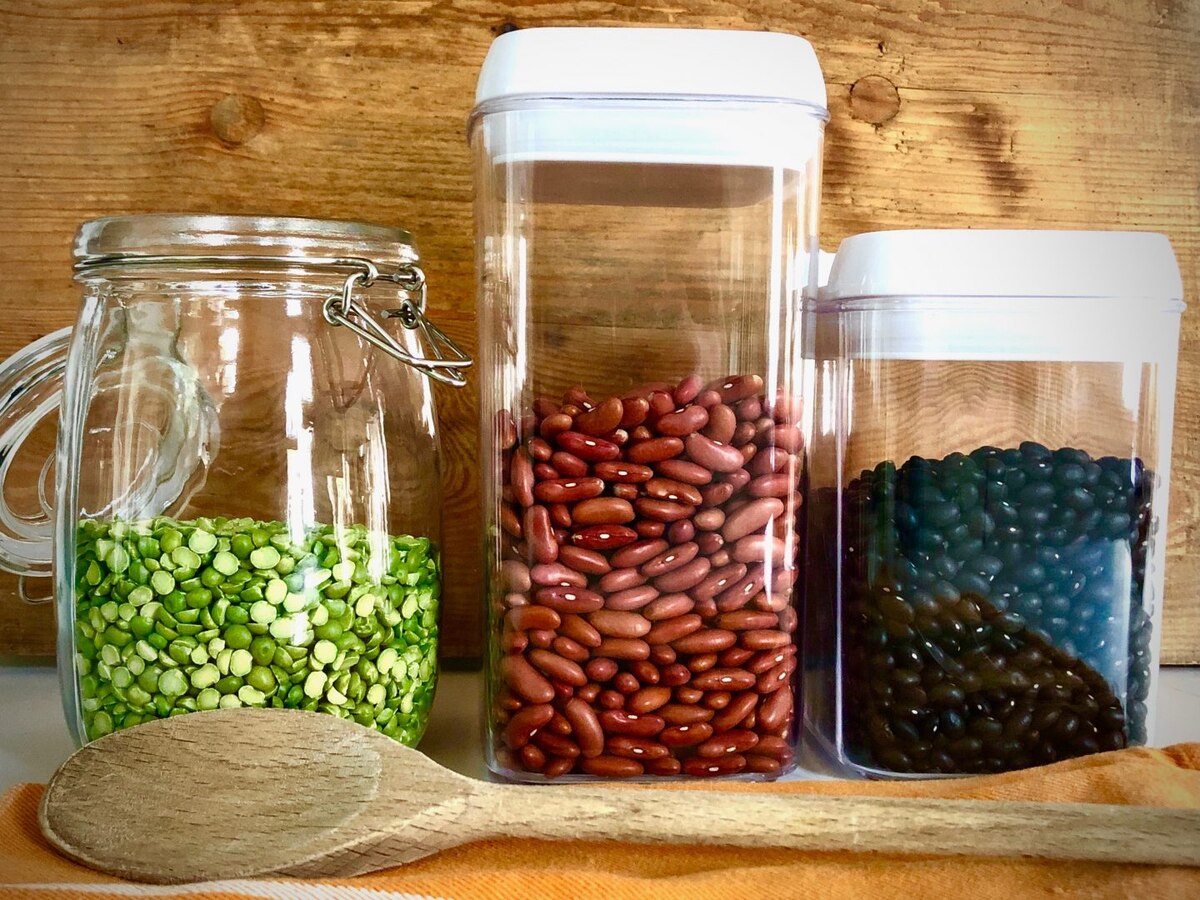





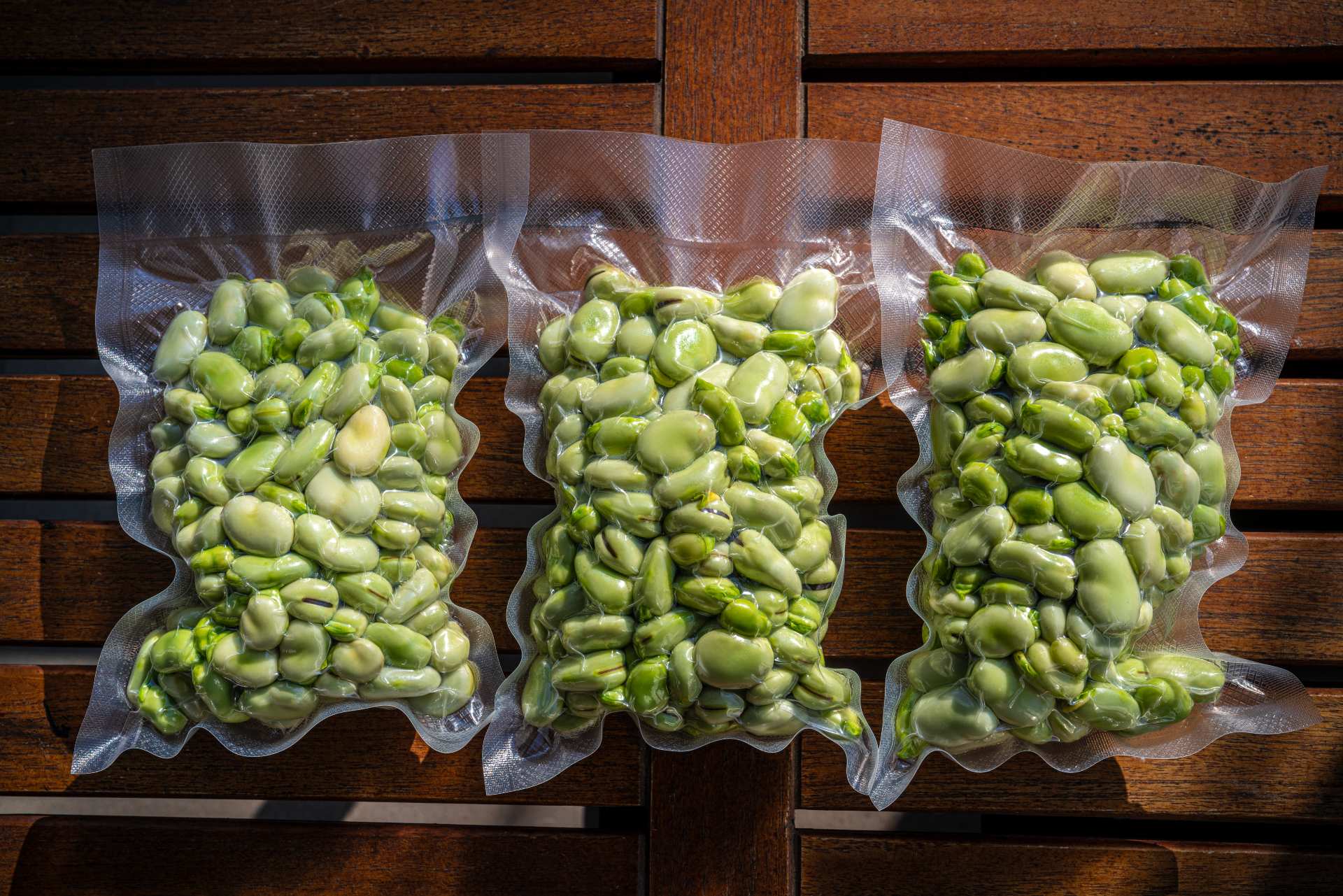
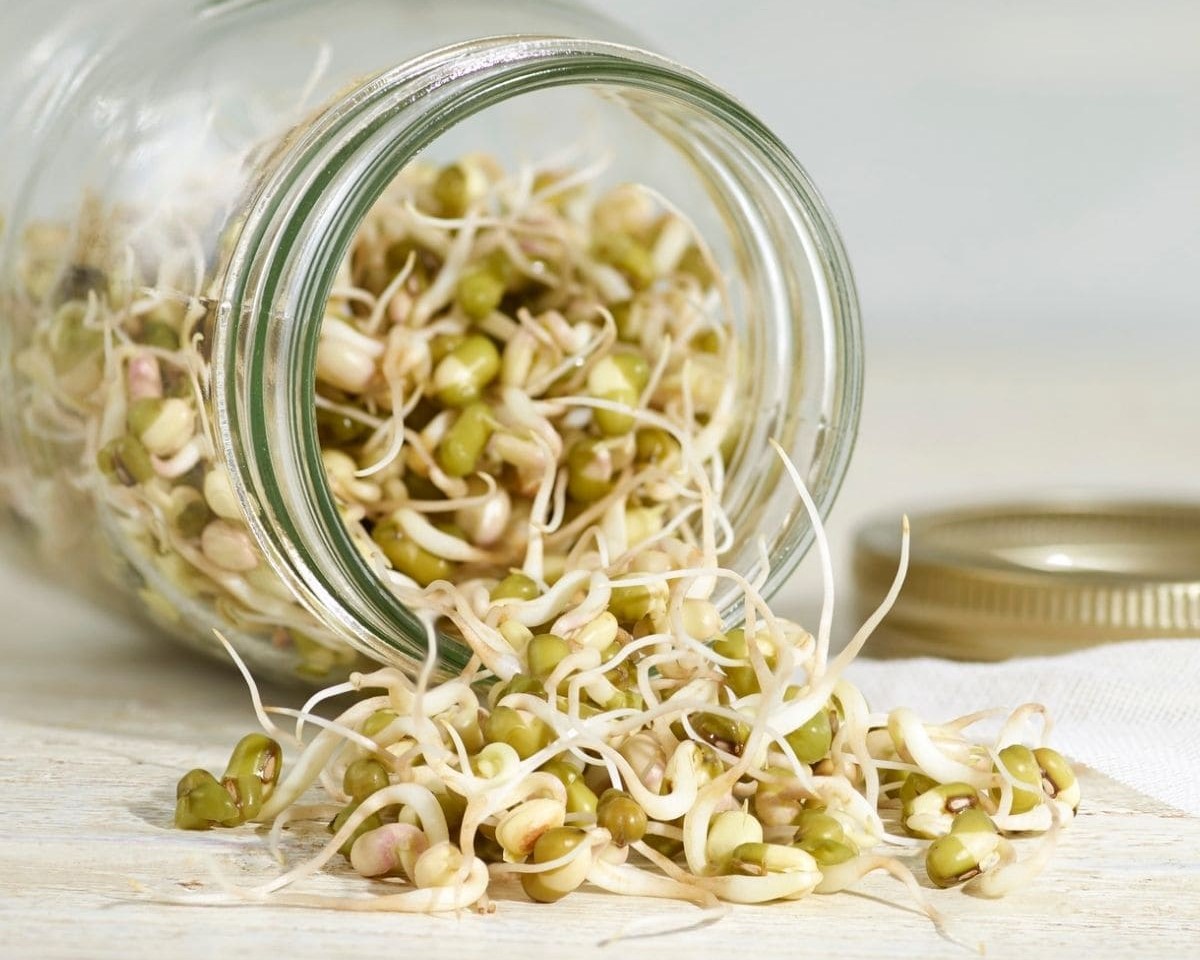



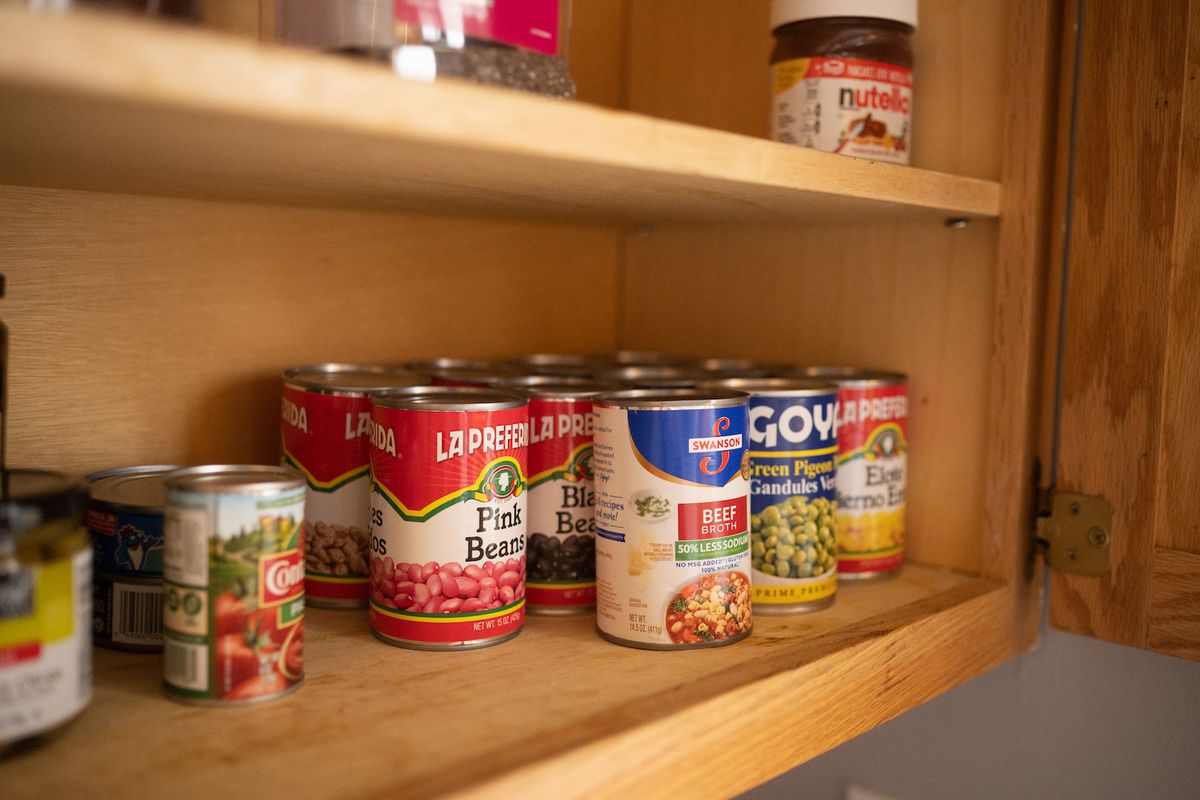

0 thoughts on “How To Store String Beans”